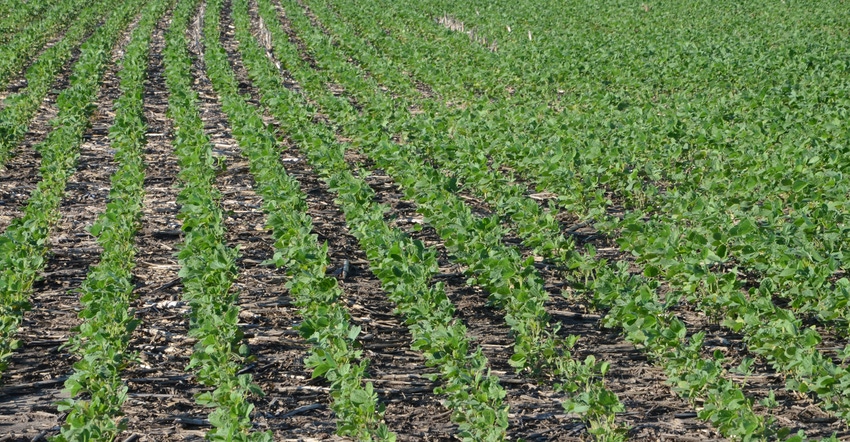December 9, 2021

As I add years of experience to my career at Iowa State University, I began to see history repeating. A good example of this is pest resistance, where short-term decisions affect long-term stewardship of pest management products.
As a field crop plant pathologist, I watched the Roundup resistance saga (and several other sagas) from the sidelines. However, I am heavily involved with the farmers, educators and agricultural businesses impacted by glyphosate-resistant weeds, and am familiar with the story. It went like this — the introduction of glyphosate-tolerant crops allowed Roundup herbicide to be applied over corn and soybean; the system was easy to use and quickly became widespread; repeated use led to resistance in weed populations; the herbicide became less effective, and even ineffective, forcing a new herbicide to come to market; and the story repeats.
Similar events are now unfolding with soybean foliar fungicides. Seventeen years ago, interest in foliar fungicides for corn and soybean increased. These fungicides worked well for foliar disease management. Ten years ago, resistance to some fungicide classes (particularly the QoI [strobilurin] fungicides) was reported. And now fungicide resistance is widespread across Iowa and the U.S.
What soybean pathogens are resistant to fungicides? Nearly every fungal pathogen causing foliar disease of soybean has developed fungicide resistance. The pathogen causing frogeye leaf spot is the poster child as resistance has been identified in almost 21 soybean-growing states. Populations of the pathogens causing septoria brown spot, cercospora leaf blight, aerial blight (not in the Midwest) and target spot (getting closer to the Midwest) have also been identified as resistant to QoI fungicides. If I were asked if there are any foliar fungal pathogens of soybean that can be reliably managed with QoI fungicides, I would reluctantly answer no.
What can be done to protect fungicides as an effective pest management tool? The first (and probably most difficult) thing is to spray fungicides only when needed. I know several smart plant pathologists developing disease predictive models to determine if and when fungicides are needed. But for most Midwest diseases, we have to use knowledge of disease development to predict risk. Start with these questions:
• Is the cultivar or hybrid in the field resistant or susceptible to common foliar diseases?
• Is weather conducive to disease? Consider seasonal weather starting at planting. Check the U.S. Drought Monitor and local weather stations. Keep track of morning dew, as increasing dew accumulation increases disease risk.
• Has disease been confirmed nearby? Track diseases through established channels like ipmPIPE (at ipmpipe.org) or through informal methods like Twitter. Local agronomists can be a great source.
Put a premix to work
Secondly, protect fungicides by using a fungicide premix. Most available fungicides are sold as premixes. The three most common fungicide classes are QoI (strobilurin), DMI (triazole) and SDHI (carboxamide); and most commercial products are premixes of two or three of these. It gets tricky, however.
A true premix is a combination of more than one effective product. If spraying soybeans, many (all?) foliar pathogens are resistant to QoI fungicides. So, a premix of QoI plus DMI products is really just a solo application of the DMI component of the premix. Resistance has not been confirmed for corn fungicides … yet (history tells us it is just a matter of time). Thus, any premix is truly a premix in corn. Check the fungicide efficacy charts on the Crop Production Network (CPN) for information on effective fungicides.
Follow label rates, and consider cultural practices that reduce disease risk (if possible) to help promote long-term usability of fungicides.
Decisions for using (or not using) foliar fungicides may already be made for next year. Yet, I am asking folks to step back and learn lessons from the past. View fungicides as a valuable tool to be stewarded. We want these tools to be effective for many, many years in the future. This may require making tough choices — committing to in-season scouting to determine if fungicides are really needed.
Mueller is an associate professor and Extension plant pathologist at Iowa State University. Sisson is an Extension specialist with the ISU Integrated Pest Management program.
You May Also Like




